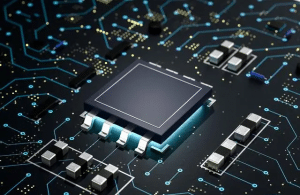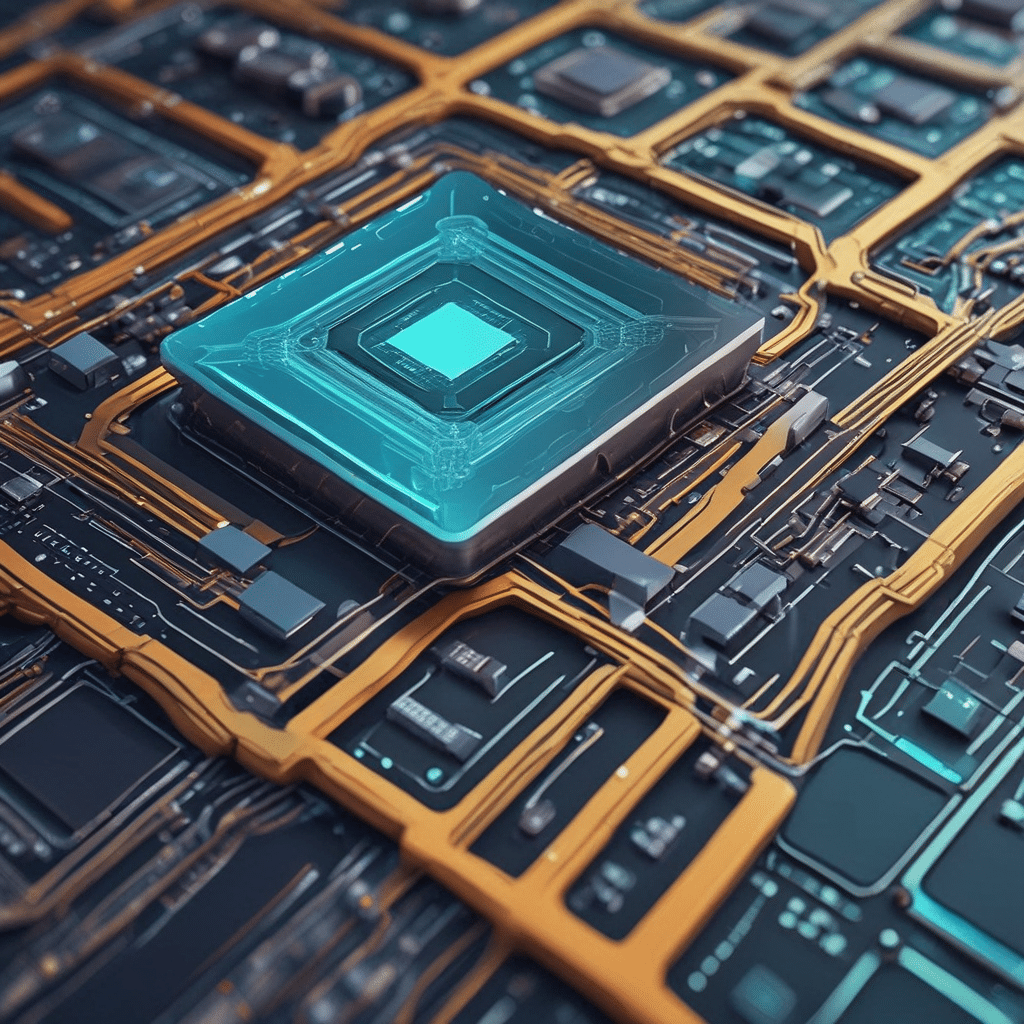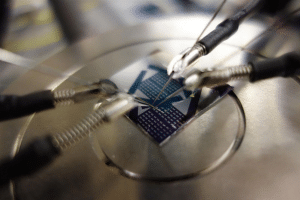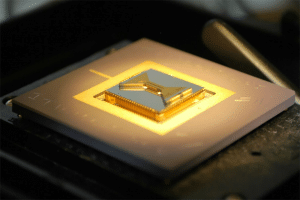
Atomic Layer Deposition (ALD) Principles, Advantages and Applications

Atomic layer deposition (ALD) is a high-precision coating preparation technique in which the film thickness can be grown at the atomic level. This technique has great advantages in terms of film thickness control, film thickness uniformity, and the degree of coverage of complex shaped components, and is considered to be a very effective method for the preparation of high-density coatings.
Principles of ALD technology
Atomic Layer Deposition (ALD) deposits thin films layer by layer on the surface of a substrate by alternately introducing precursor gases. Its main steps include:
- Precursor adsorption: Precursor A is introduced into the reaction chamber to form a monolayer adsorption layer on the surface of the substrate.
- Pulse cleaning: Cleaning of unadsorbed precursor molecules and by-products with inert gas.
- Reaction to produce a thin film: Precursor B is introduced and chemically reacts with adsorbed precursor A to produce a thin film of one atomic layer.
- Repeat cycle: deposition of thin films layer by layer by alternately introducing precursors A and B until the desired thickness is reached.
This method ensures highly accurate thickness control and uniform film deposition.
Advantages of ALD technology
- Highly accurate thickness control: ALD enables thickness control at the atomic level, depositing one atomic layer per reaction cycle.
- Excellent film uniformity: ALD can form uniform films on complex morphologies and high aspect ratio structures.
- High-quality films: The deposited films are dense and non-porous, with excellent mechanical properties and chemical stability.
- Wide range of material applicability: Various metals, oxides, nitrides and other materials can be deposited.
- Low deposition temperature: suitable for temperature sensitive substrates and devices.
Application of ALD technology
semiconductor manufacturing
- Gate Oxide: Gate oxide layer for MOSFETs, e.g. HfO2, Al2O3.
- High-k dielectric: Used in memory devices such as DRAM.
- diffusion barrier: e.g. TiN, TaN for metal interconnect layers.
optoelectronic device
- Transparent Conductive Oxide (TCO): e.g. ZnO, ITO for solar cells and displays.
- optical coating: Anti-reflective coatings, permeation enhancement films.
Energy and Environment
- Battery Materials: Positive and negative electrode coatings for lithium ion batteries.
- fuel cell: Catalyst layer and protective layer.
biomedical
- Biocompatible coatings: e.g. TiO2, Al2O3 for medical devices and implants.
- Drug delivery systems: Controls the rate of drug release.
nanotechnology
- Nanowire and nanotube coatings: for functional coatings on nanostructured surfaces.
- nanoporous material: for nanoporous coatings in catalysts, sensors and filters.
Machinable materials:
Aluminum oxide (Al2O3), zinc oxide (ZnO), titanium oxide (TiO2), hafnium oxide (HfO2), silicon nitride (Si3N4),Titanium Nitride (TiN)Aluminum Nitride (AlN), Titanium (Ti), Platinum (Pt)
We offer Atomic Layer Deposition (ALD) OEM Customization Services, Feel free to leave a message to inquire.
In-depth understanding: Introduction, types and applications of electron microscope carrier mesh (copper mesh)
In-depth science: introduction, types and applications of electron microscope carrier mesh (copper mesh) Electronic display
Chemical Vapor Deposition (CVD) Classification, Characteristics, and Applications
Chemical Vapor Deposition (CVD) Classification, Characteristics, and Applications Chemical Vapor
Properties of diamond films and their applications
Properties of diamond films and their applications Diamond has a range of excellent properties



.jpg)